|
Today's photo is the bloom of a woodbine (Parthenocissus vitacea). This vine is often mistaken for Virginia Creeper. The two species are very similar and the name is often used interchangeably. I grew up thinking this vine was called woodvine and was surprised to learn that it is spelled (and pronounced) with a "b" instead of a "v". According to Friends of the Wild Flower Garden, the correct name for woodbine is grape woodbine. Whatever you call it, this vine covers fences, climbs the sides of building and even sprawls on the ground. It produces clusters of tiny flowers in early to midsummer. The resulting fruits are clusters of tiny blue berries that each hold two seeds.
0 Comments
Today's photo is an Eastern Chipmunk (Tamias striatus). These tiny rodents are actually a type of squirrel. In fact, they are the smallest of all squirrels. While I tend to refer to squirrels and chipmunks as two separate animals, the truth is they are all squirrels. So the next time someone refers to a chipmunk as a squirrel, you better hold your tongue. Although it may seem odd to you, they are technically correct.
This chipmunk arrived in my backyard last spring as a baby and has claimed it as his residence. Although his twin still visits regularly, he has not made himself as comfortable in my backyard as this little one has. According to Animal Diversity Web, most Eastern Chipmunks only survive about 2 years in the wild, but they have been known to live for up to 8 years. I'm hoping that my chipmunk will be one of the lucky ones and will live for years in my backyard. Today's photo is a purple finch rousing. Rousing is the term used for when a bird fluffs up all its feathers and lets them fall back into place naturally. It is a bird's way of completing his grooming (a little like brushing your hair in the morning). This little finch spent some time preening to clean his feathers and then fluffed them out. The feathers slowly fall back into place, leaving the finch looking clean and beautiful for the day.
Today's photo is a long legged fly (Dolichopodidae sp.) These tiny flies can be found on flowers and foliage in the flowerbed. Their wings and bodies reflect a variety of metallic colors in the sunlight. You may notice a flash of green or orange as they move. They are especially bright in the early morning or late afternoon sun. This fly is smaller than a mosquito and can easily be overlooked.
Today's photos are a male rose-breasted grosbeak feeding a baby. The fledgling appeared in my backyard a few days ago and spends his time calling for food. I haven't seen the mother bird, but this male feeds him off and on throughout the day. The fledgling looks a lot like female finches, but he is plumper and heavier than the finches.
You can typically identify baby birds that have recently fledged the nest by their insistent calling for food, the way they flutter their wings in anticipation of feeding and their short tail feathers. They usually appear fat and fluffy, while adult birds tend to be slimmer. Within a few days to a week the baby birds blend in with the adults and cease their "childish" behavior. If you are like most people, you probably assumed the tiny red bugs in this photo are baby ladybugs. They do look remarkably similar, but they are an entirely different insect. These are the nymph of a spined soldier bug, Podisus maculiventris, commonly known as a stink bug. I discovered these in Holden, Maine and had never encountered them before. To be honest with you, I thought they were ladybugs, too, until I took a closer look at the photo and realized they did not have a hard shell.
Today's photo is a damselfly. Damselflies are similar to dragonflies, but they differ in several ways. The damselfly's eyes are smaller with a gap between them, whereas the dragonfly's eyes wrap around the entire head dominating the head. While both have two sets of wings, the damselfly's wings are both the same size, while the dragonfly's back wings are broader and larger than the front wings. When at rest, the damselfly holds its wings together above the body, while the dragonfly holds his wings open so that he looks like an airplane. As a rule, damselflies are smaller and more slender than dragonflies. Damselflies range in size, but are often only 2 to 3 inches in length.
|
Archives
November 2021
|
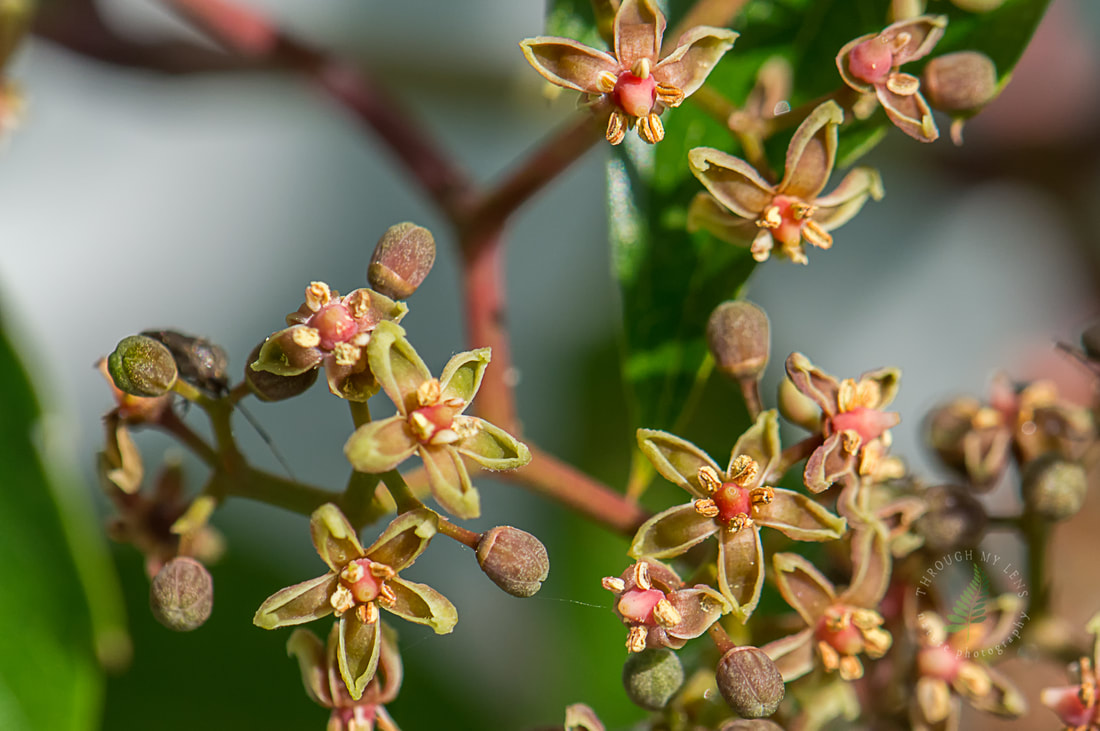
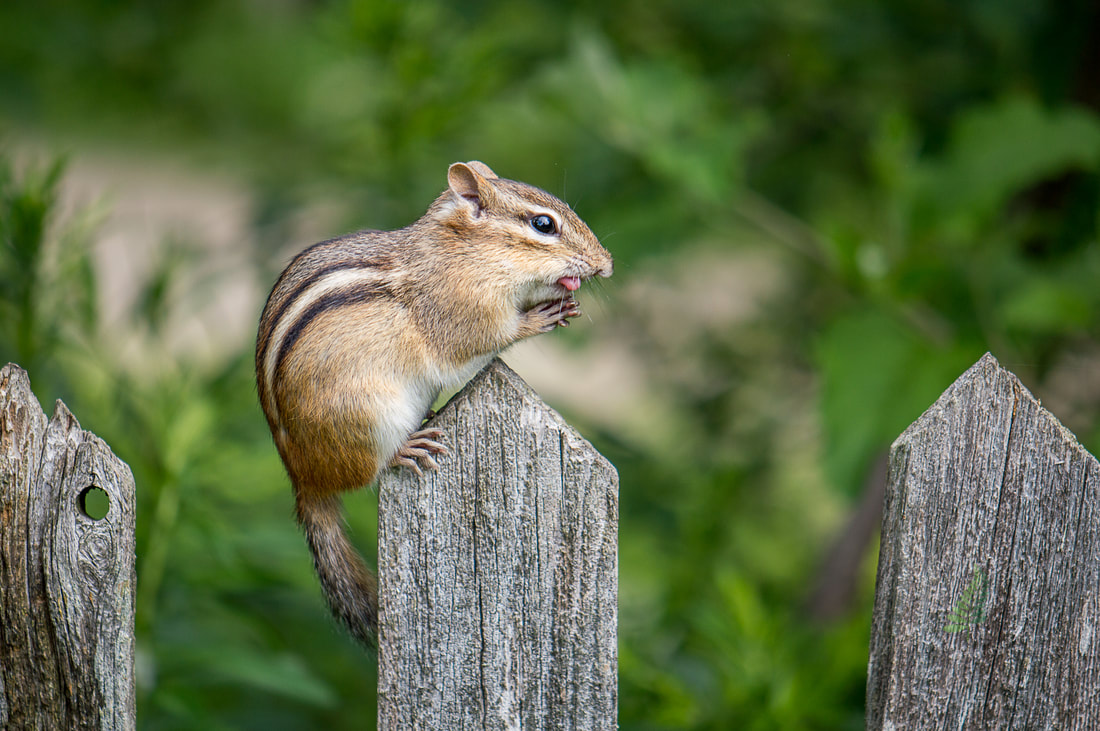
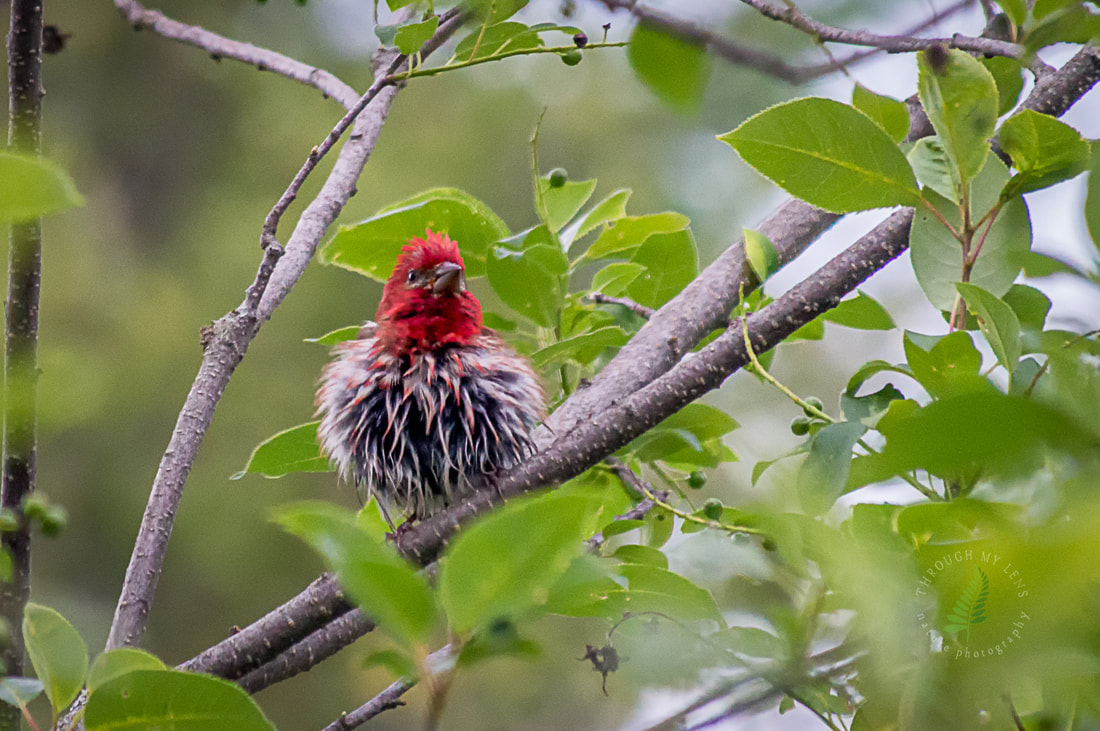
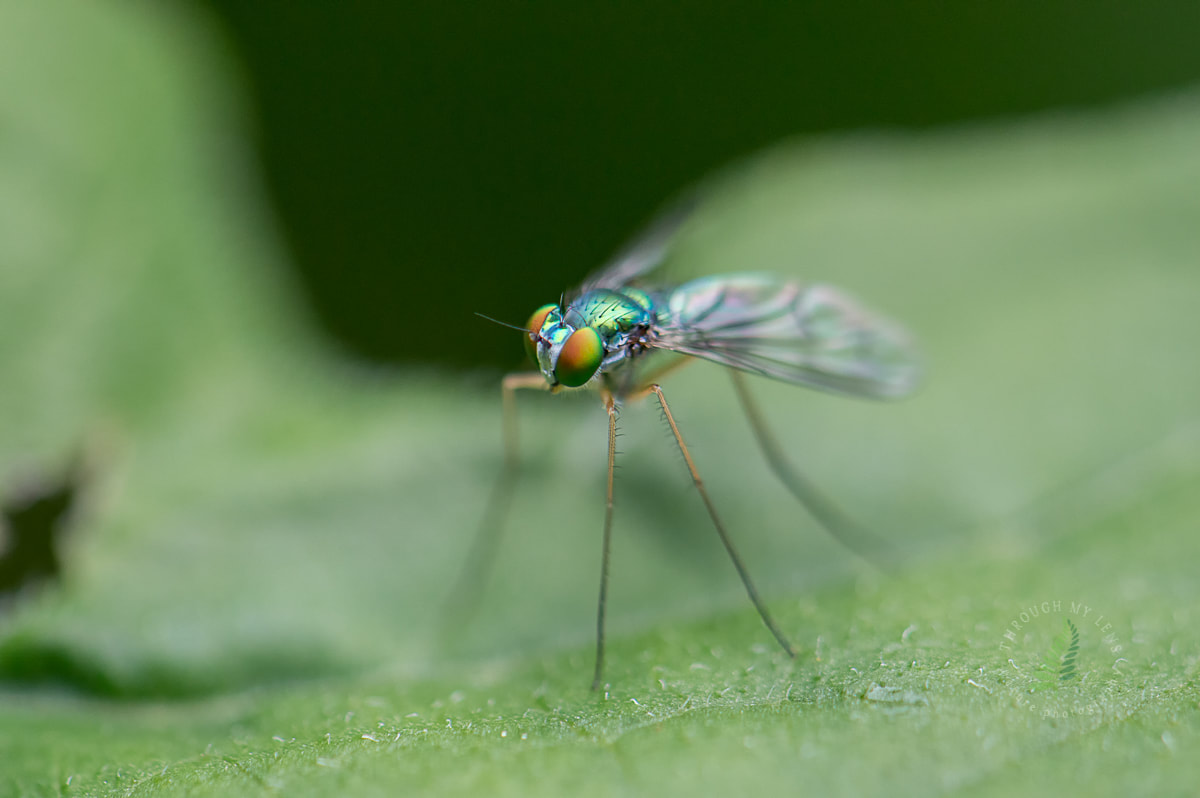
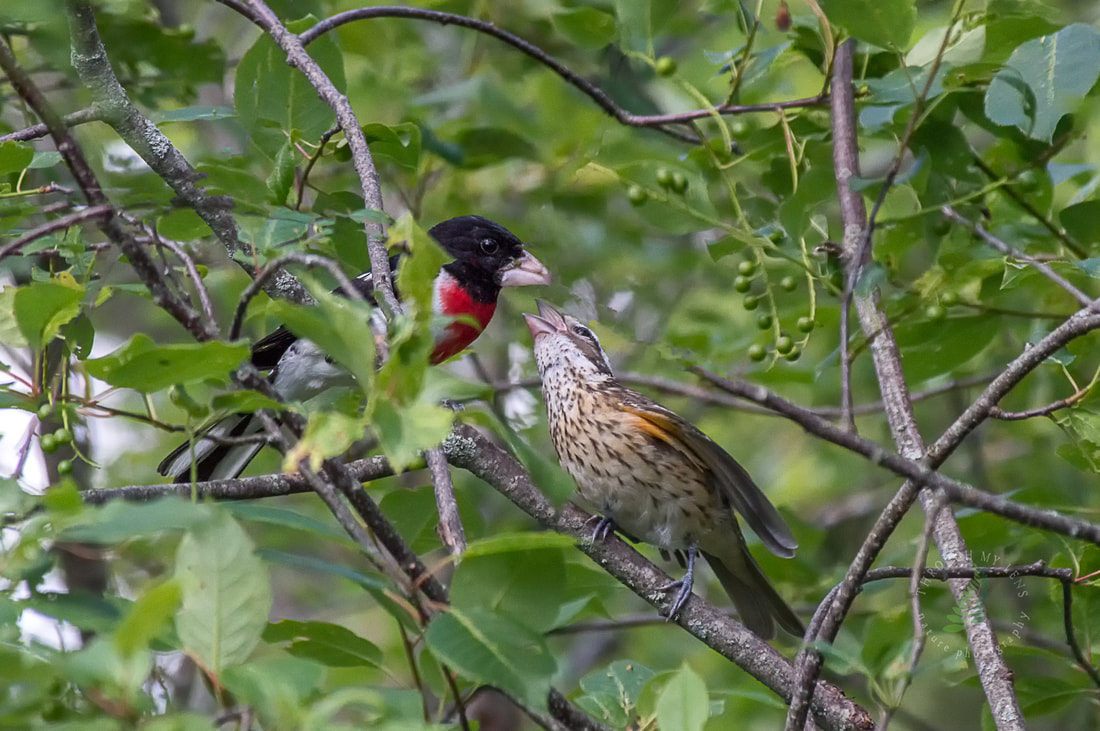
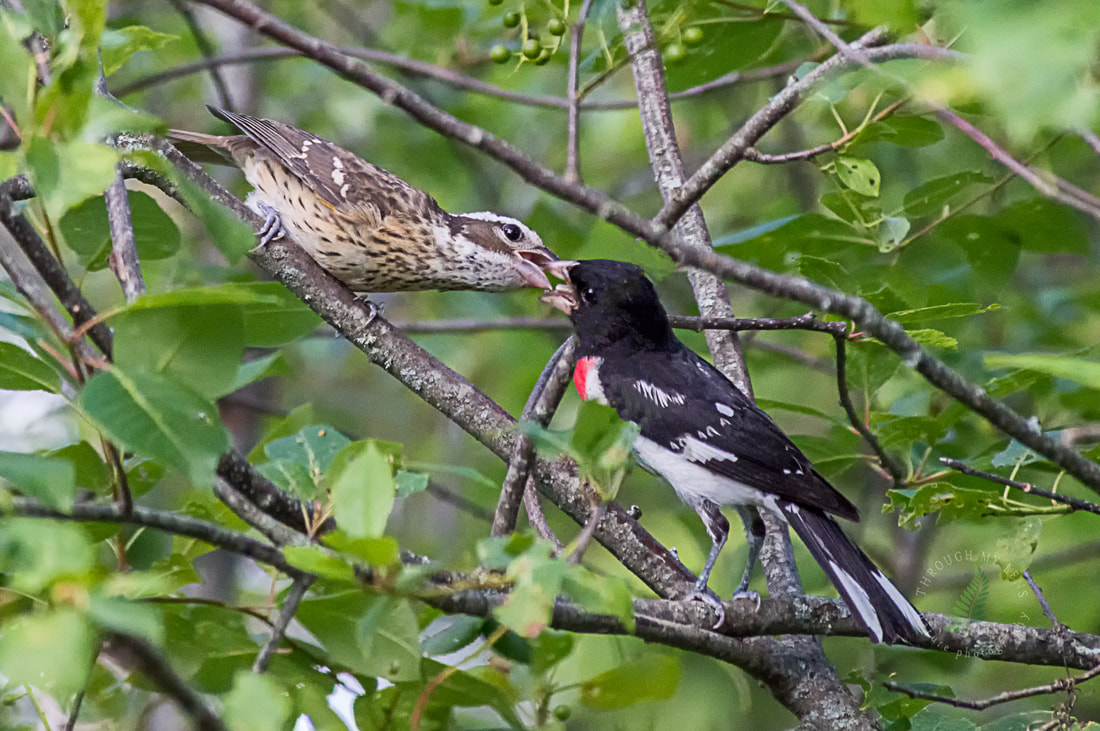
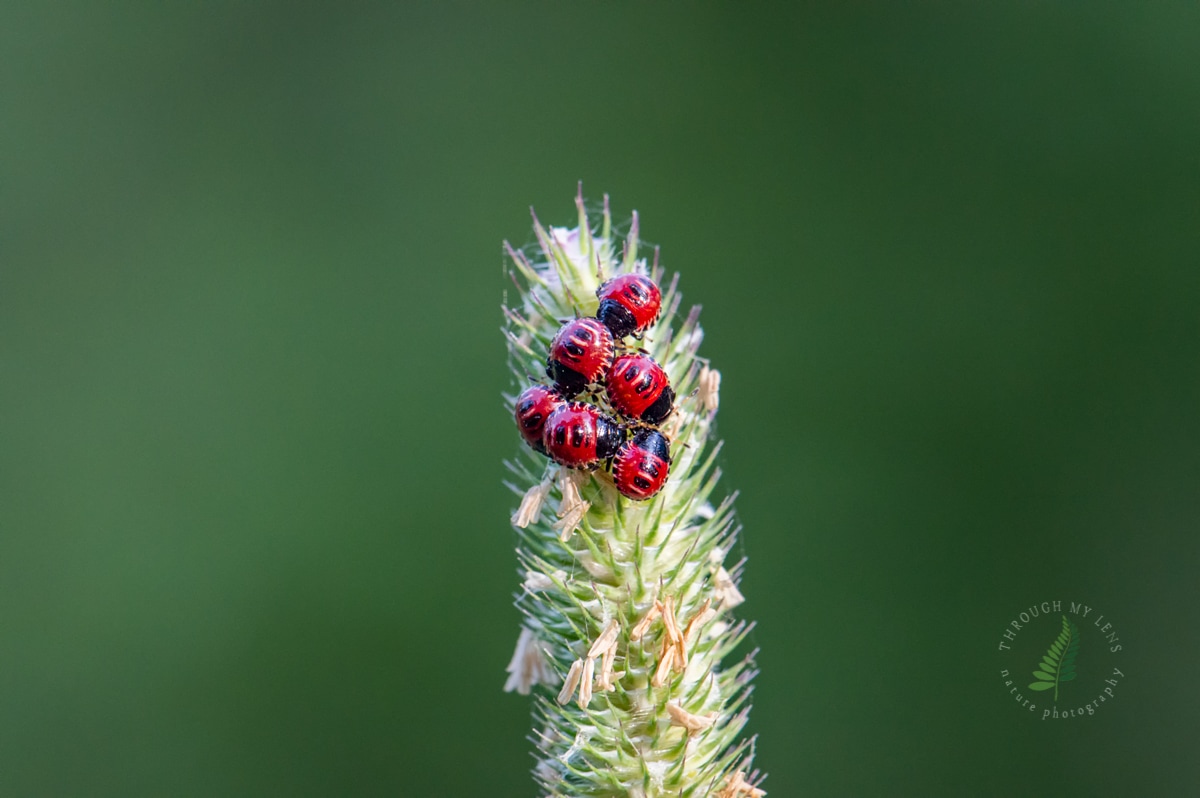
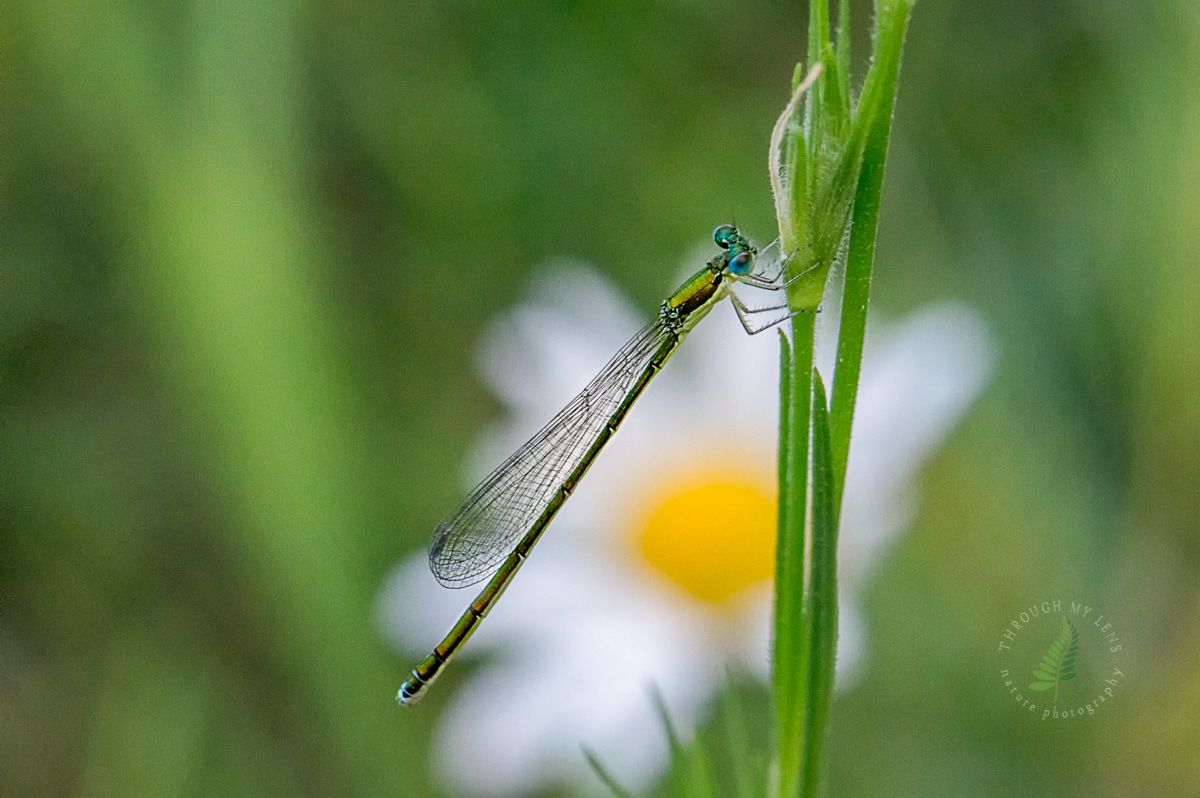
 RSS Feed
RSS Feed